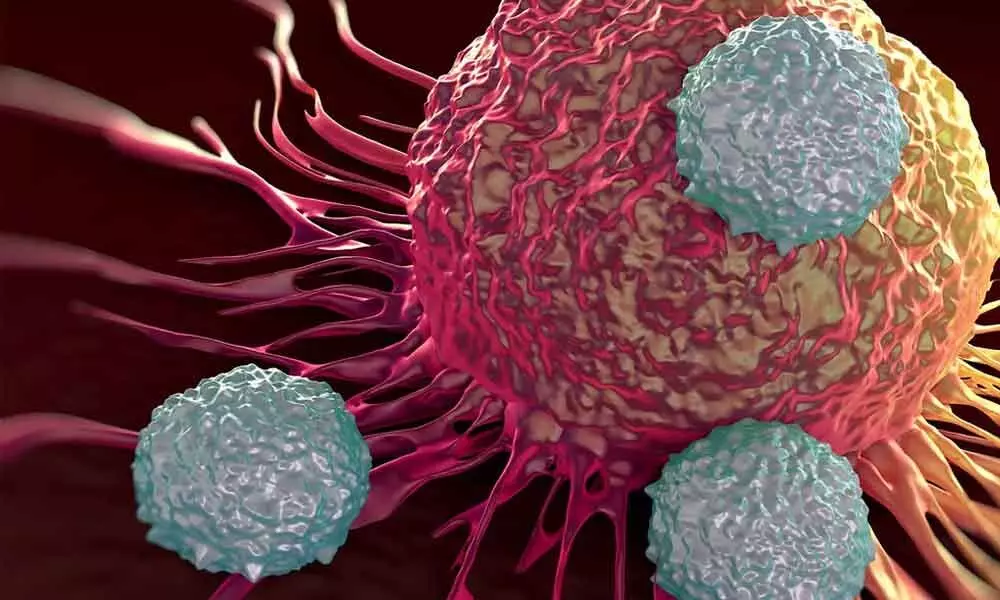Scientists can now listen to cancer cells after new study

A new technique developed by scientists will now help in deciphering how millions of individual cells communicate with each other in tumours known as organoids.
The technique was developed by researchers who conducted the study which has been published in the Nature Methods journal.
This is the first time that scientists have been able to analyse many different signalling molecules at once in individual cells within replicas of patients' tumours. Understanding how cells communicate could reveal how tumours are able to evade the immune system and become resistant to treatments.
This could allow scientists to develop more effective new drugs, by revealing why tumours respond the way they do to treatments. It could also help doctors to select the best course of treatment for each individual patient, by testing treatments on a bespoke replica of a patient's tumour before prescribing them.
The technique rapidly analyses each individual cell in an organoid, looking for the presence of specific signalling molecules - messages that cells send to neighbouring cells, telling them how to behave.
"Organoids are already revolutionising cancer research by allowing us to test whether experimental new drugs are effective on lifelike models of tumours," said lead researcher Dr Chris Tape.
"But crucially, this new technique helps scientists to understand why a treatment works or not, by revealing in unprecedented detail how cells are talking to each other," added Tape.
In order to listen in on cancer cells, the team grew organoids in the lab. These are self-organising 3D structures made up of cancer cells alongside other types of cells, such as immune cells and connective tissue. They mimic the behaviour of cancer in the human body much more accurately than cells grown in a dish.
They then modified a complex technique called mass cytometry, which is used to detect and analyse protein molecules. The organoids were broken up into individual cells, then antibodies combined with heavy metal atoms were added.
Antibodies are proteins that selectively bind to certain cancer signalling molecules. The scientists nebulised the cells, to convert them into a fine mist, and electrically charged the heavy meal atoms, so that a magnetic field could be used to separate out the different signalling molecules.
The researchers tested this technique in bowel cancer cells and were able to simultaneously detect 28 key signalling molecules, across 6 different cell types, in over 1 million cells.



















